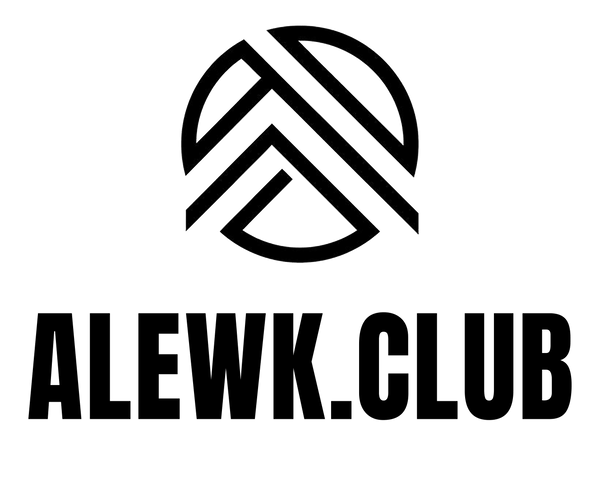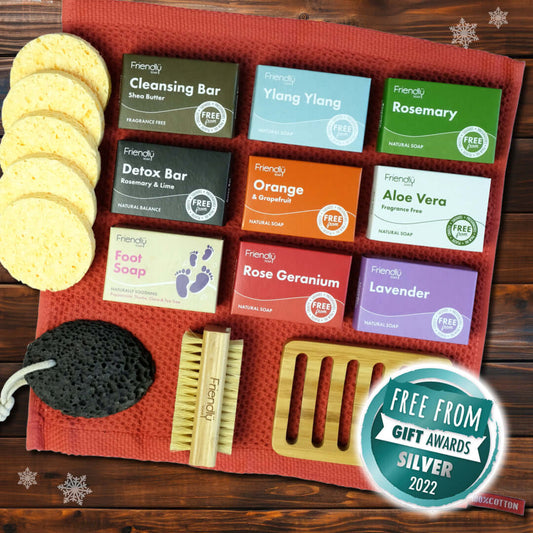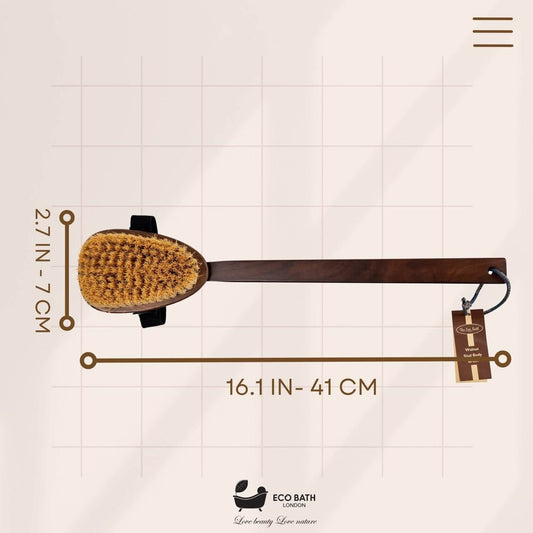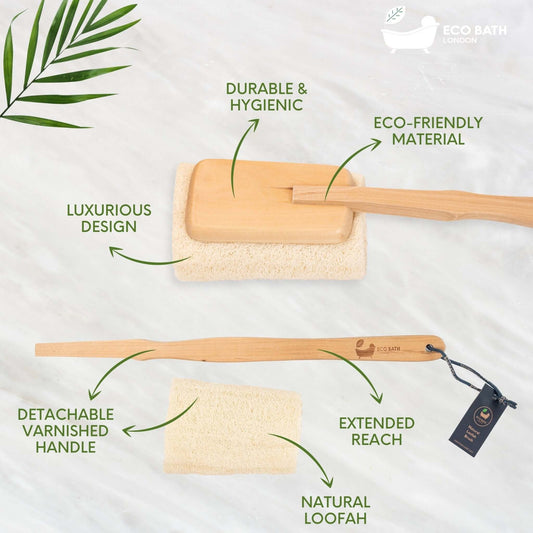
The Toxic Truth About PFAS: Why ‘Forever Chemicals’ in Fashion Must Go
Share
PFAS chemicals once hailed for their stain- and water-resistant superpowers are now under fire for refusing to break down in our bodies, our water, and the planet.
What Are PFAS and Why Are They Trending Now?
PFAS stands for per- and polyfluoroalkyl substances. They’re a group of synthetic chemicals used in everything from non-stick pans to waterproof clothing. But their nickname forever chemicals comes from the fact that they don’t break down in nature or in our bodies.
Now, mounting research links PFAS to:
- Certain cancers
- Hormonal imbalances
- Fertility issues
- Immune system suppression
And they’re everywhere from rain jackets to period underwear.
The Guardian recently called for a comprehensive PFAS ban in the EU, stating that current proposals are too weak to protect public health and the environment. The #CleanFashion movement is adding fuel to the fire, demanding that the fashion industry stop using PFAS-treated fabrics altogether.
PFAS in Fashion: The Invisible Risk
Many brands use PFAS to make clothes:
- Waterproof
- Stain-resistant
- Grease-repellent
But that convenience comes with a cost. These chemicals shed during washes, contaminating water systems and entering the food chain. Worse, you may not even know they’re in your clothes—few brands disclose it clearly.
Products likely to contain PFAS:
- Raincoats and windbreakers
- Water-repellent trousers
- School uniforms
- Activewear and outerwear
Even items marketed as "eco-friendly" can still be treated with toxic coatings.
Why the Current Bans Aren’t Enough
The EU has taken steps, but critics—including NGOs and scientists—say proposed restrictions leave loopholes for fashion and textiles. Meanwhile, campaigners and conscious consumers are pushing back with the #CleanFashion movement, calling for full bans, not partial restrictions.
Because when it comes to health and safety, half-measures don’t cut it.
How to Avoid PFAS as a Shopper
You don’t need to be a chemist to shop clean. Here’s how to reduce your PFAS exposure:
- Avoid stain- and water-resistant claims unless certified safe
- Choose organic or untreated fabrics
- Look for PFAS-free or fluorine-free labelling
- Support brands that disclose their finishes and supply chains
- Use apps or guides from groups like Greenpeace and ChemSec
Alewk.club’s Take: Clean Should Mean Clean
We believe sustainable fashion isn’t just about recycled fibres or neutral colours. It’s about safety, honesty, and integrity.
That’s why at Alewk.club:
- We don’t stock clothing treated with PFAS or fluorinated finishes
- We favour natural materials and transparent supply chains
- We partner with brands that meet higher standards—not just marketing buzzwords
Our curation puts planet and people first, from the inside out. Because looking good should never come at the cost of long-term harm.









